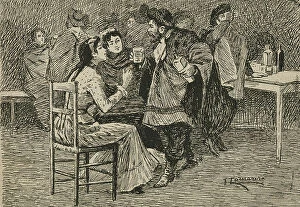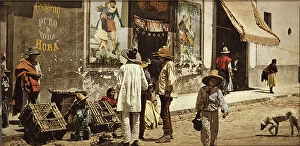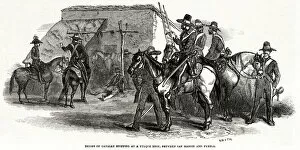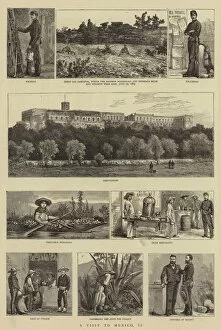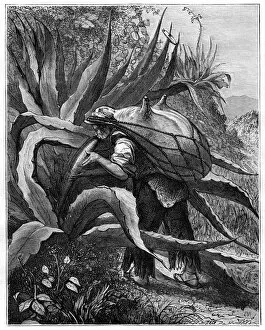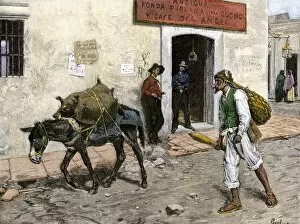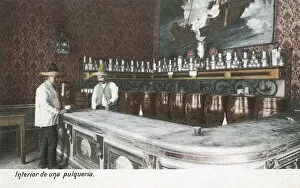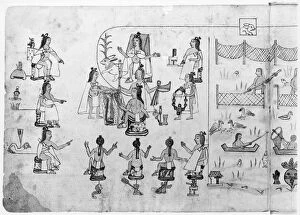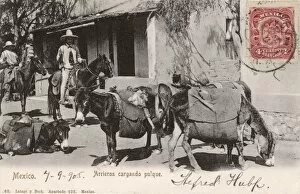Pulque Collection
"Pulque: A Timeless Mexican Tradition" Step back in time to the vibrant streets of Mexico City, circa 1927
For sale as Licensed Images
Choose your image, Select your licence and Download the media
"Pulque: A Timeless Mexican Tradition" Step back in time to the vibrant streets of Mexico City, circa 1927. La Palanca Pulqueria on Avenida Jesus Carranza stands as a testament to the rich history of pulque, a traditional Mexican beverage. In 1847, amidst the chaos of war, an escort of cavalry finds solace and respite while enjoying this beloved drink. The engraving from "A Visit to Mexico" captures the essence of their momentary escape. Pulque has been intertwined with Mexican culture for centuries. In the 19th century, indigenous people skillfully extracted this sacred elixir from agave plants, preserving ancient traditions that still endure today. Food and Drink have always played a vital role in shaping cultures worldwide, and pulque is no exception. Its unique flavor and intoxicating effects have made it a staple in social gatherings throughout history. Imagine stepping into an old-fashioned pulque bar in Mexico City - its interior filled with laughter and camaraderie as friends share stories over glasses brimming with this frothy delight. Venturing outside the bustling city limits brings you to Rioverde in San Luis Potosi. Here, near the Rioverde River, vendors proudly offer their refreshing pulque concoctions to quench your thirst under the warm Mexican sun. Traveling further back through time takes us to New Spain during the Viceroyalty era. Witness "The Flying Pole, " where brave performers showcased their agility atop towering poles while celebrating life's joys with pulque flowing freely below. Even before Los Angeles became what we know today, it was once a humble Mexican village where locals cherished every sip as part of their daily lives - connecting them deeply to their Aztec roots. Speaking of which, let's not forget about the Aztec Empire itself.

